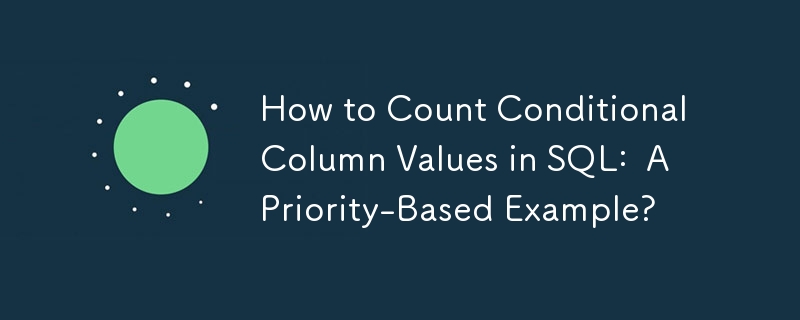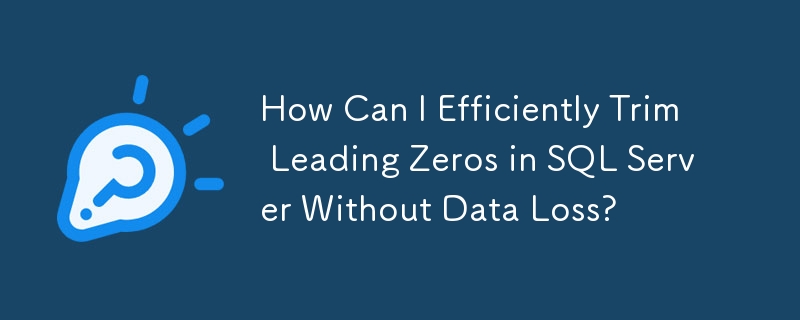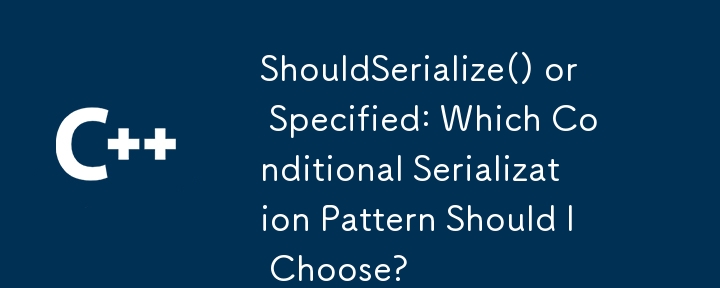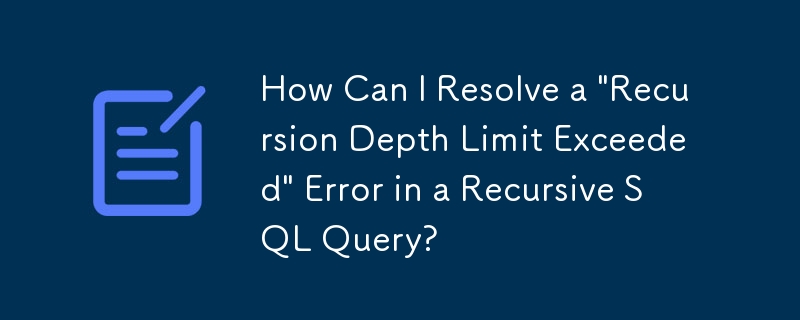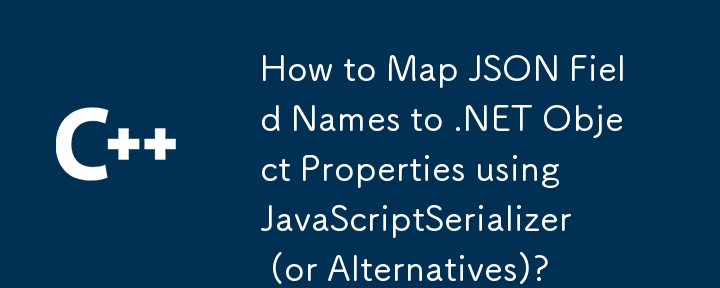Found a total of 10000 related content

10 Amazing Image Effects using jQuery
Article Introduction:Ten amazing jQuery image effects plugins to inject fashion into your website! With these jQuery image effects plugins, you can easily convert ordinary images on your website, enhance image effects, create galleries, scrollers, and make your website look new!
Image segmentation effects combined with CSS and jQuery
This tutorial will create an image segmentation effect. It's similar to a sliding door effect, where the image slides left or right, showing the text behind it, but the difference is that the effect looks like the image is split in half, one moves to the left and the other moves to the right.
Source
jQuery Image Distortion Script
ImageWarp adds interesting twist effects to selected images on the page
2025-03-10
comment 0
1343

Optimizing H5 Largest Contentful Paint (LCP)
Article Introduction:The core of LCP optimization is to accelerate the loading of key content on the first screen and reduce rendering blockage. 1. Load key resources on the first screen in advance, use WebP/AVIF format, fix image size, use lazy loading reasonably, and check the CDN acceleration effect; 2. Reduce blockage items on the key rendering path, split non-critical CSS, asynchronous loading of JS, and give priority to server-side rendering to speed up first screen rendering; 3. Use font loading strategies reasonably, use font-display:swap, streamline word weight and character set, compress font files, or use system fonts to reduce loading delay.
2025-07-17
comment 0
469

Can you use clearfix for Bootstrap pictures centered?
Article Introduction:Use Bootstrap to center the image without clearfix. Bootstrap provides a variety of methods to align pictures. The most common method is to use the mx-auto class name, which uses the margin attribute of CSS to automatically set the margin in the horizontal direction to auto to achieve the centering effect. In addition, the img-fluid class can adapt the image width to the parent element width, ensuring that the image can also maintain the best display effect under different screen sizes.
2025-04-07
comment 0
512

How do media queries enable responsive web design for different screen sizes and devices?
Article Introduction:Media query is a CSS feature that allows different styles to be applied according to the screen size, resolution, or direction of the device, thereby enabling responsive web design. Its core function is to optimize the layout display effect on different devices through condition judgment. For example, hide the menu to fit the mobile device when the screen width is less than 768px. It helps developers adjust layout structure, font size, element visibility and image switching without modifying HTML. Typical application scenarios include adaptation of mobile phones (480px), tablets (768px), and desktop devices (1024px or 1200px). It is recommended to adopt a mobile-first strategy and flexibly set breakpoints in combination with content needs. When using it, you need to pay attention to testing the actual screen width and reasonably matching min-widt
2025-06-17
comment 0
278

Developing Cross-Platform H5 Mobile Applications
Article Introduction:The key to cross-platform H5 mobile applications is compatibility and performance optimization. 1. Choose a suitable development framework, such as Vue is suitable for small and medium-sized projects, React is more suitable for large projects, combined with Cordova or Capacitor to achieve a native experience; 2. Use flex rem, vw/vh or PostCSS plug-ins to solve adaptation problems, and deal with common problems such as high-definition screen borders, content overflow and horizontal and vertical screen switching; 3. Performance optimization includes image compression, CDN acceleration, caching strategy, reducing DOM operations and HTTP requests, and evaluate the optimization effect through Lighthouse tools; 4. Use fastclick, Modernizr and other tool libraries to handle platform differences, the same
2025-07-16
comment 0
400

Web Vitals and SEO: How Frontend Affects Search Ranking
Article Introduction:Front-end development directly affects SEO, and Google uses WebVitals as a ranking factor. 1. LargestContentfulPaint (LCP) measures the loading speed of the first screen. It is affected by image optimization, resource loading order and fonts. It is recommended to compress images, delay load non-first screen content, and inline key CSS. 2. FirstInputDelay (FID) reflects the fluency of the user's first interaction. It is affected by the efficiency of JS execution. It is recommended to reduce third-party scripts, use WebWorkers, and split code packages. 3. CumulativeLayoutShift (CLS) reflects visual stability, due to missing image size, asynchronous content loading, and font rearrangement. It is recommended to
2025-07-20
comment 0
774

How to use media queries for responsive design
Article Introduction:Media query is the basic tool for responsive website design, enabling multi-device compatibility by switching styles based on device characteristics (such as screen width). Its basic syntax is @media media type and (condition){CSS rules}, for example, using @mediascreenand(max-width:767px) to adjust the style of the small screen. It is recommended to adopt a mobile priority strategy, first define the mobile phone style and then gradually adapt to a larger screen. Pay attention to when using: ① Select a general breakpoint instead of a specific device size; ② Set the viewport meta tag to ensure that the mobile terminal takes effect; ③ Avoid relying solely on browser zoom tests; ④ Only modify the styles that need to be adjusted in media queries. Mastering media queries helps build a responsive layout with clear structure and easy to maintain.
2025-06-30
comment 0
499

What are CSS transitions
Article Introduction:CSS transitions enable switching between CSS attribute values ??through smooth animations, which are suitable for user interaction scenarios such as button hovering effects, menu expansion and collapse. Common usages include button closure effect, drop-down menu gradient, background color gradient, image transparency or zoom changes. The basic syntax is a transition: attribute duration time sequence function, which can specify a single or multiple attributes, or all can be used to represent all attributes, but it should be used with caution. Timing functions such as ease, linear, and ease-in-out control the animation speed curve, and can also be customized by cubic-bezier. It is recommended to prioritize opacity and transform for better performance, combined with @media(prefers-
2025-07-01
comment 0
305
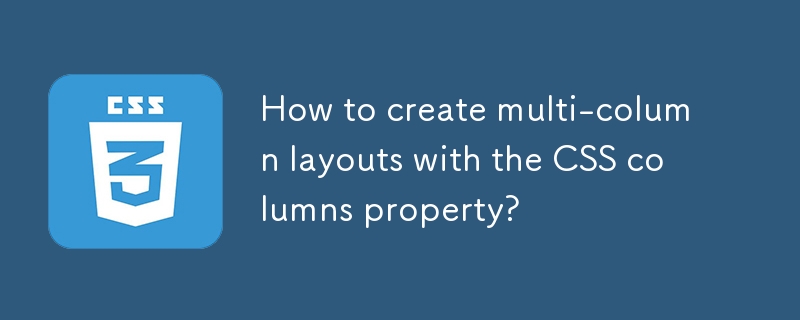
How to create multi-column layouts with the CSS columns property?
Article Introduction:The method of creating a multi-column layout using the columns attribute of CSS is as follows: 1. Use abbreviation attributes or separate settings of column-count and column-width to specify the number and width of columns, and the browser will automatically adjust according to the container; 2. Use column-gap to set the column spacing, and add dividers to column-rule; 3. Use break-inside to prevent elements from being split, and column-span to achieve cross-column effect. This attribute is suitable for newspaper-style layout of text content, but is not suitable for complex structural layouts. Pay attention to the adaptation issues under different screen sizes.
2025-06-26
comment 0
715

How to make your HTML responsive for mobile devices?
Article Introduction:The key to achieving friendly display of web pages on mobile phones is the coordination of HTML and CSS. The following points should be paid attention to: 1. Set the viewportmeta tag to ensure correct rendering on the mobile side; 2. Use media query to apply styles according to different screen sizes; 3. Use flex or grid to achieve elastic layout; 4. Control the image size to adapt to different containers; 5. Use developer tools, real machines or online tools to verify the effect during testing. Every step is crucial, and omissions can affect the overall responsive experience.
2025-07-05
comment 0
660

HTML `importance` Attribute for Resource Prioritization
Article Introduction:The importance attribute is an attribute in HTML that specifies resource loading priority. It supports three values: high, low and auto. It can be used for tags such as, ,, etc. By setting the importance level, developers can control the order of resource loading, such as setting critical CSS or home screen image to high, and setting non-critical scripts or lazy loading resources to low, thereby optimizing page loading performance. It should be noted that not all browsers fully support this property. Currently, the Chromium kernel browser supports it well. It is recommended to use it in combination with other optimization methods such as lazy loading, resource splitting, etc., and monitor the loading effect through DevTools. Rational use of importance can improve user experience, but abuse of hi should be avoided.
2025-07-21
comment 0
136


Dave The Diver: How To Catch Spider Crabs
Article Introduction:In Dave The Diver, there are some creatures that are not easy to catch. Or, catch alive that is. The spider crab is one of those very species, making it seem like the only way to bring these crustaceans back up to land is to viciously crack them up w
2025-01-10
comment 0
821
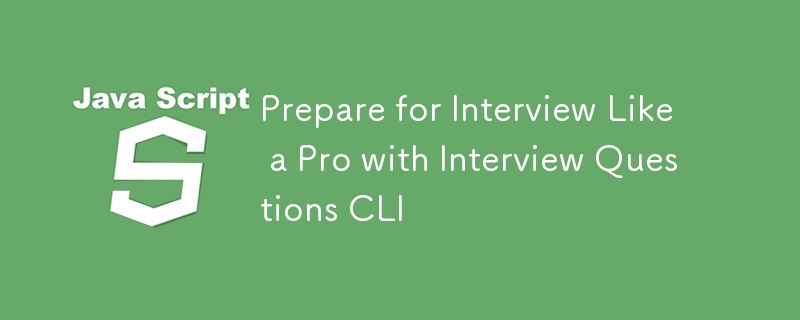
Prepare for Interview Like a Pro with Interview Questions CLI
Article Introduction:Prepare for Interview Like a Pro with Interview Questions CLI
What is the Interview Questions CLI?
The Interview Questions CLI is a command-line tool designed for JavaScript learners and developers who want to enhance their interview
2025-01-10
comment 0
1445
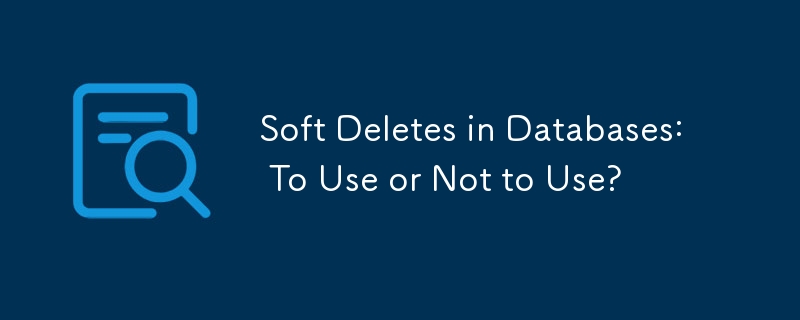
Soft Deletes in Databases: To Use or Not to Use?
Article Introduction:Soft Deletes: A Question of DesignThe topic of soft deletes, a mechanism that "flags" records as deleted instead of physically removing them, has...
2025-01-10
comment 0
1056













